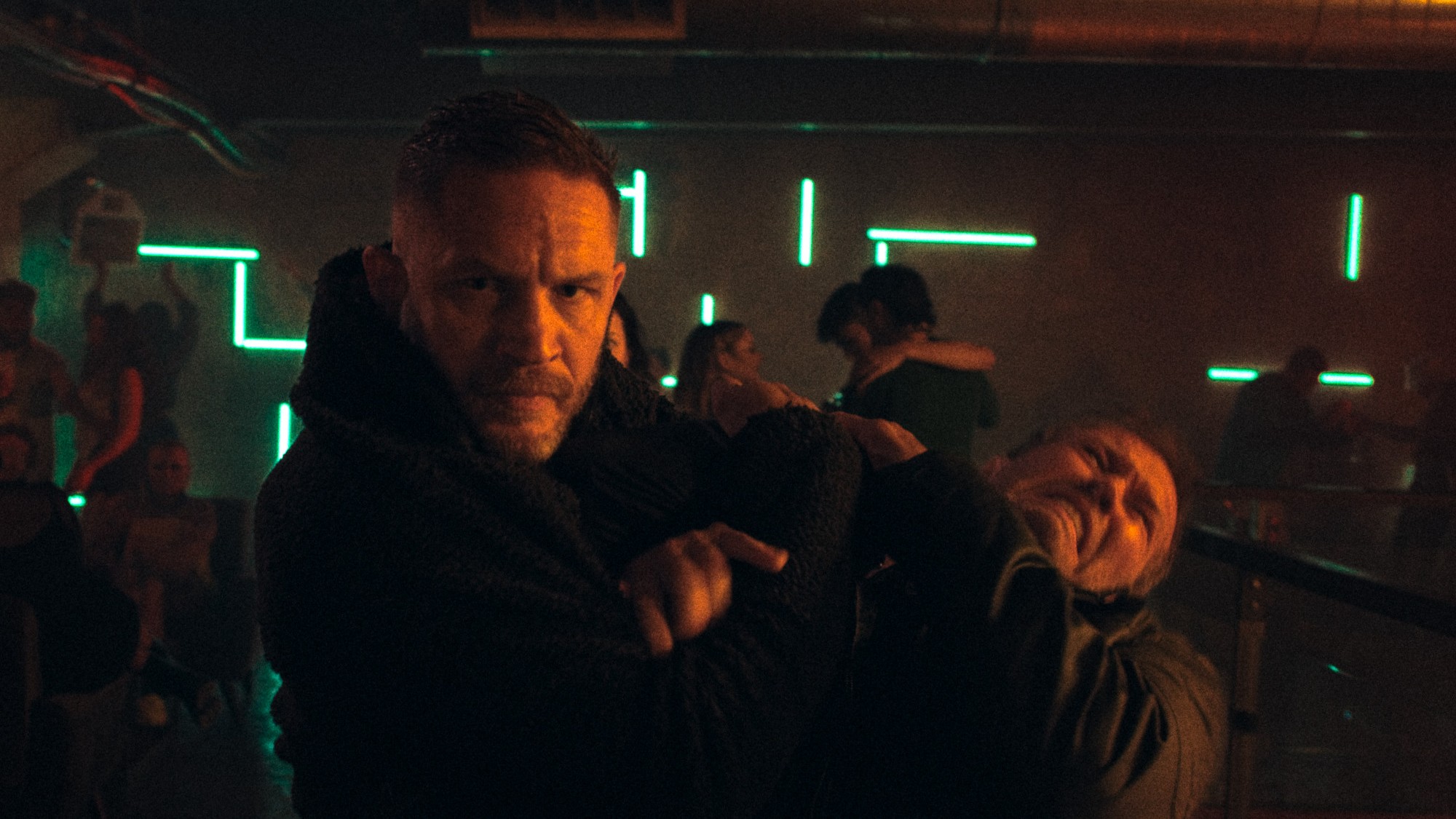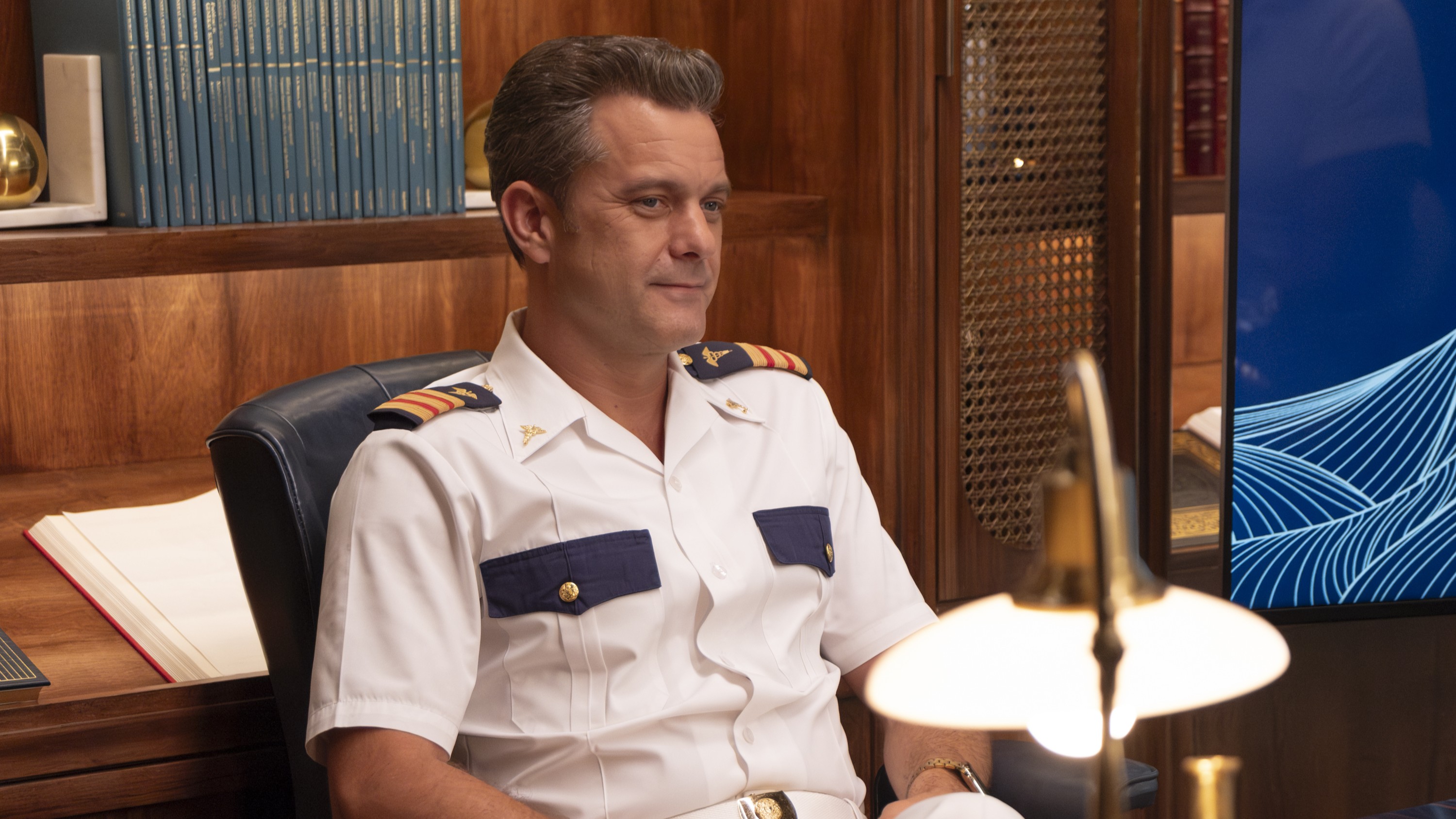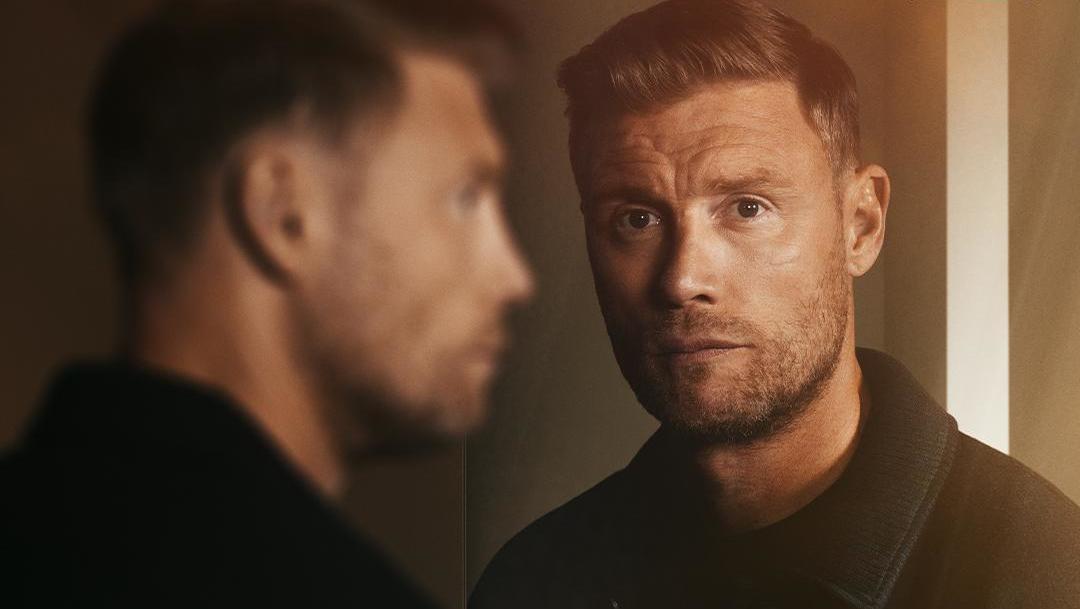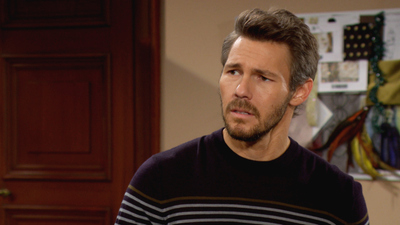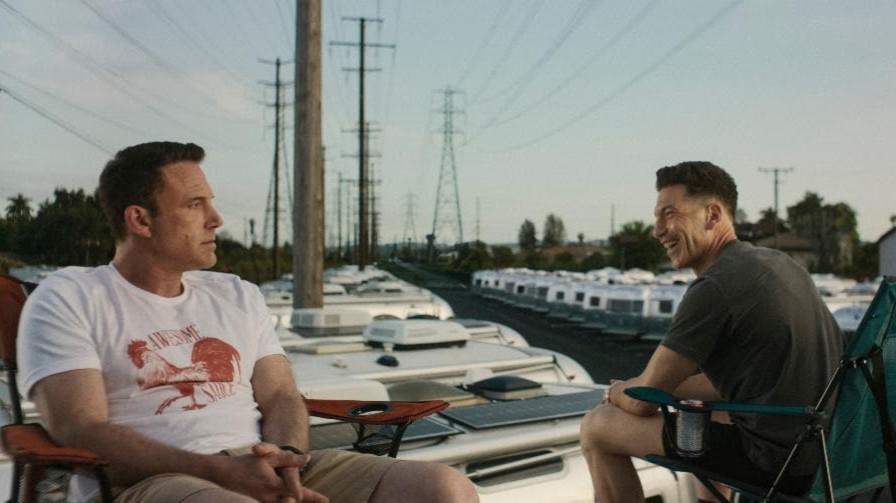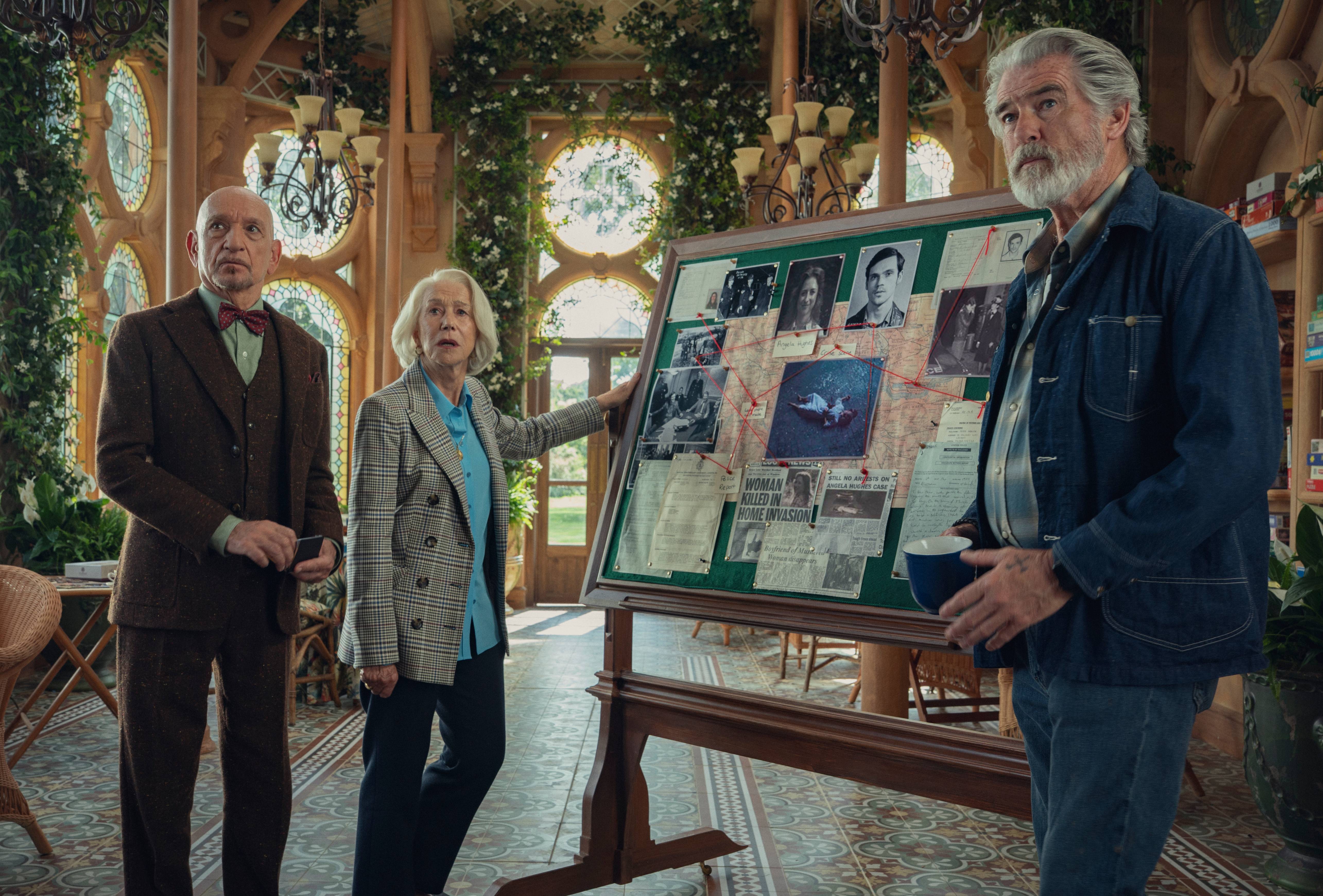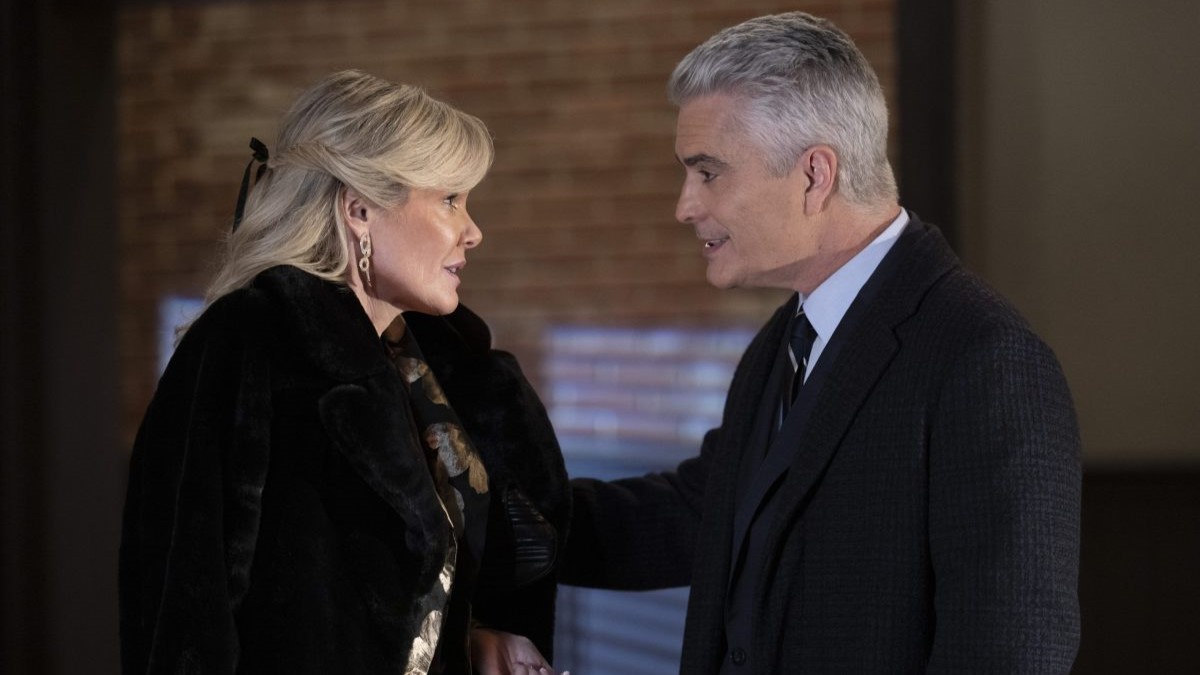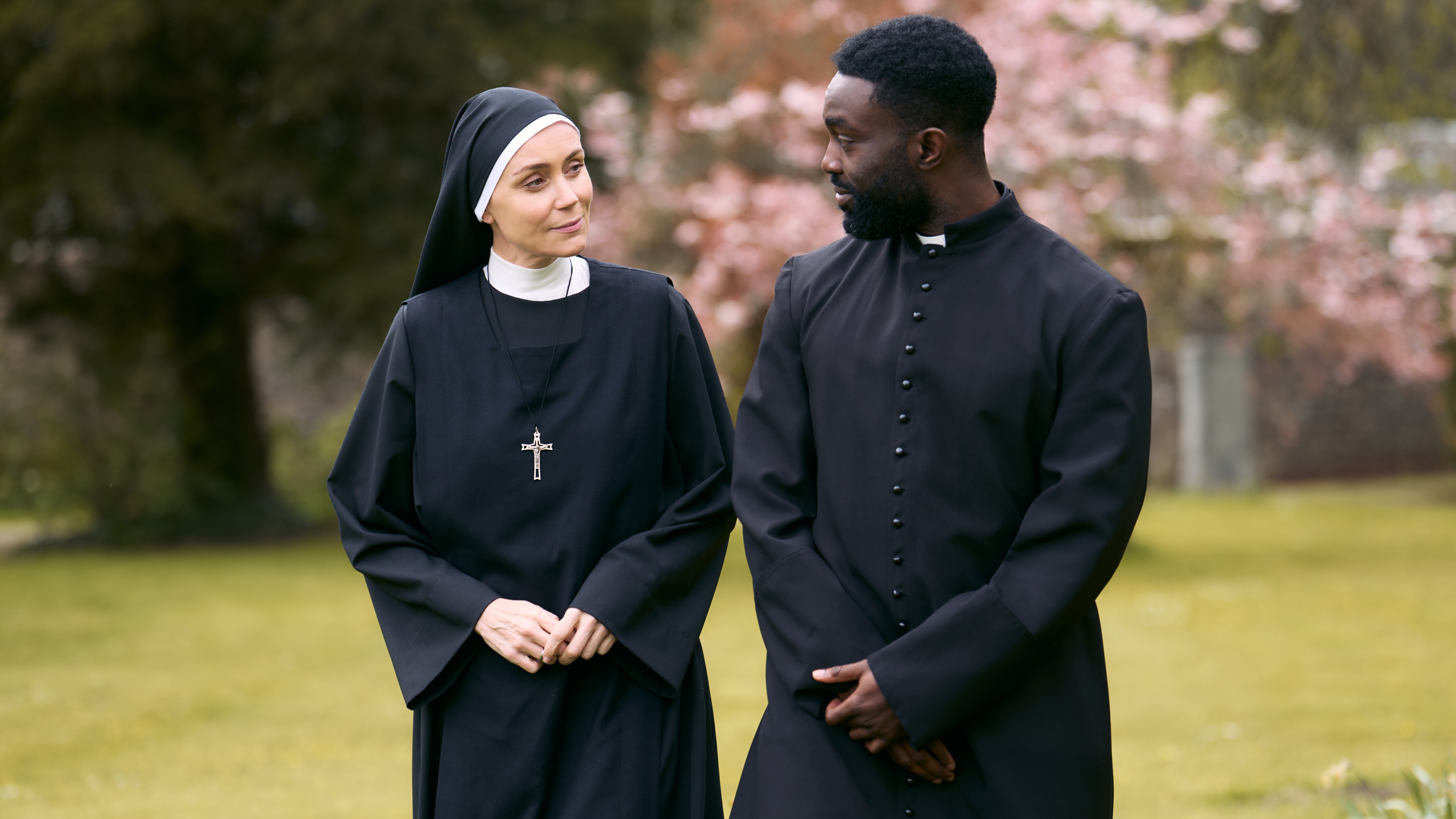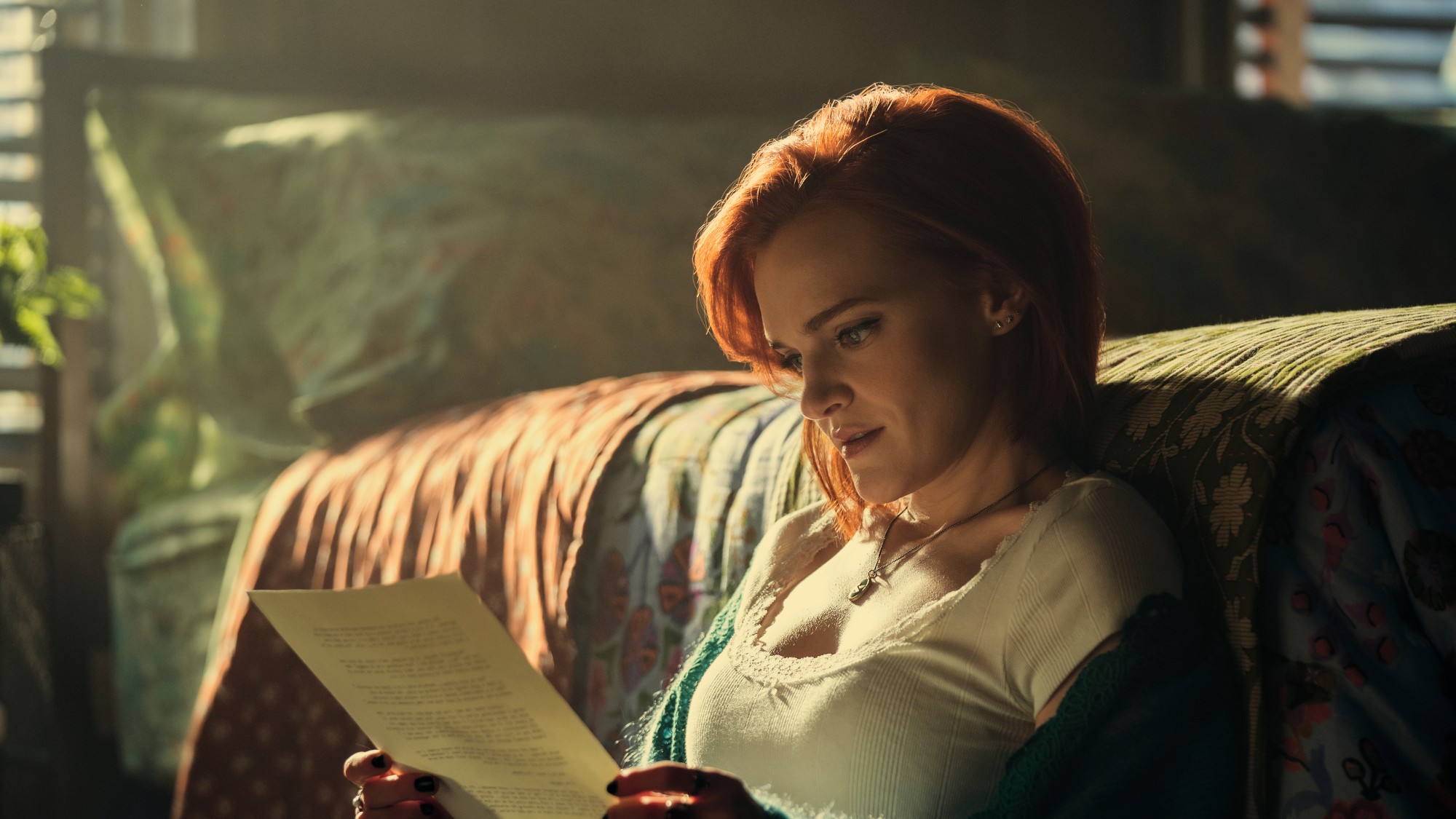Couch Potato on Another Year - are Mike Leigh's films full of caricatures?
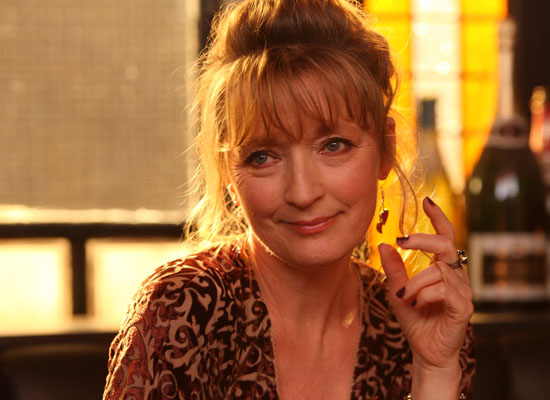
There's a scene in Mike Leigh's latest film Another Year where the main character Mary (Lesley Manville) sits between her friends Gerri (Ruth Sheen) and Tom (Jim Broadbent). She's drunk a little too much wine, she's slurring slightly and repeating herself, and she's become overly tactile as she sways clumsily between the patient couple.
While actress Lesley Manville has been widely praised by critics for her performance as Mary, there have also been critics who've jumped in to label this character a caricature. It tends to happen with most Mike Leigh films. I've noticed over the years that there will always be people eager to label Leigh's troubled, misfit characters in this way.
But are they caricatures?

To me, this label suggests something exaggerated to a point that goes beyond reality - something cartoonish and unreal. And the problem with this suggestion for me is that the Mike Leigh characters that I see on screen are very real and three-dimensional. In fact, I see myself in a lot of them.
Take the scene I describe above. Sofa Spud and I have actually lived this scene. We have a friend who's very Mary-like at the moment - troubled, prone to depression, needy, desperate to be loved, has a tendency to drink too much, puts a lot of effort into looking stylish and youthful. Our friend has behaved exactly like the Mary I describe in this scene on numerous occasions.
What's more, I can see at least five people I've known over the years in Manville's Mary. In fact, I can also spot elements of my former troubled younger self in the character. And today I see my friend. What does this mean then? Are we all caricatures?
It's an interesting question - but funnily enough, it's one that I think the film actually addresses.
Get the What to Watch Newsletter
The latest updates, reviews and unmissable series to watch and more!
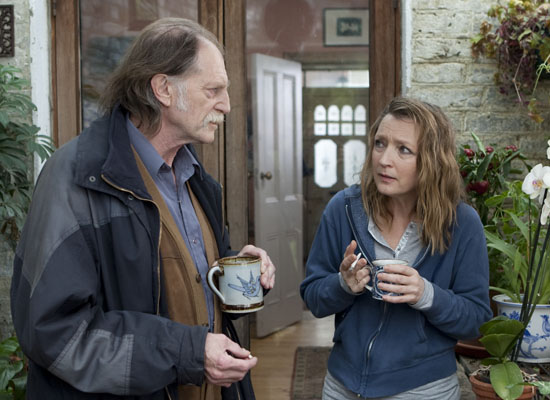
You see, the most memorable characters in Mike Leigh's films are always extreme. They're misfits - people who, for whatever reason, have struggled to slot easily into society and who have developed quirky, extreme, destructive or eccentric methods to gain a foothold of acceptance within their families, communities or workplaces.
Society is peppered with people like this. Many are over the top in their mannerisms - it's a mask to overcompensate for the emotional mess beneath. Therefore, it goes without saying that such people are often difficult to be around for too long.
And they're also difficult to watch on screen - I was wincing more than once during Another Year. So, I wonder, do those 'caricature labellers' have a tolerance threshold? Could it be that they are people who naturally tend to give real life misfits a very wide berth, and that's why they don't recognise them on screen?
Hmm... something to ponder on. And, believe me, I've been pondering since Saturday when I saw this movie. This is what's so clever about this film I think. It addresses and exposes the boundaries of human compassion.

Today, I see myself and Sofa Spud as the contented Tom and Gerri. Because we're happy and contented we have the emotional resources to offer compassion. Furthermore, having both experienced younger days as troubled misfits, we easily spot and recognise unhappiness in others. We perhaps have depths of compassion greater than many for both these reasons. However, just like Tom and Gerri, we know when enough is enough.
We're all only human. There's no doubt that most of us care, but we all have limits when it comes to being carers.
What does Movie Talk's Jason think about Another Year and its characters?
